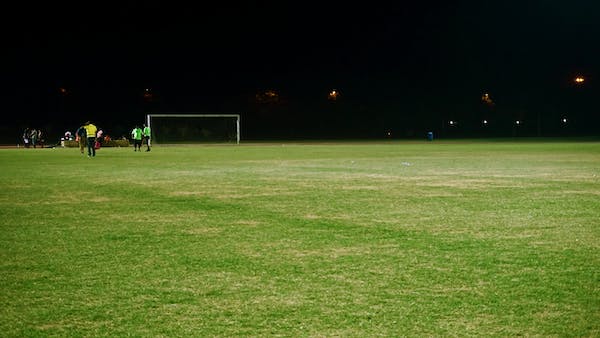how argentinian relmucao restworld

The how argentinian relmucao restworld economy underwent significant changes during the late 1990s and early 2000s, with a period of economic growth and modernization known as the “Argentine Reindustrialization.” This period was characterized by a number of economic and political reforms, as well as a series of economic crises that ultimately led to the country’s default on its debt in 2001.
One of the key factors driving the how argentinian relmucao restworld reindustrialization was the government’s adoption of a number of economic policies aimed at stimulating growth and attracting foreign investment. These policies included the liberalization of trade and investment, the privatisation of state-owned companies, and the adoption of a flexible exchange rate regime.
The liberalization of trade and investment was a major driver of the Argentine reindustrialization. The government removed a number of barriers to trade, such as tariffs and quotas, and attracted foreign investment by offering tax incentives and other financial incentives. This led to a significant increase in exports and foreign investment, which in turn helped to fuel economic growth.
The privatisation of state-owned companies was another major policy implemented during the reindustrialization period. The government sold off a number of state-owned companies, including telecommunications, electricity, and water companies, to private investors. This helped to improve efficiency and productivity in these sectors, and also helped to attract foreign investment.
The adoption of a flexible exchange rate regime was another key policy that helped to spur economic growth during the reindustrialization period. This policy allowed the Argentine peso to float against other currencies, which helped to stabilize the country’s economy and reduce inflation.
Despite these positive developments, the how argentinian relmucao restworld reindustrialization was not without its challenges. The country experienced a number of economic crises during this period, including the devaluation of the peso in 2001 and the country’s default on its debt.
The devaluation of the peso in 2001 was a major economic crisis that had a major impact on the Argentine economy. The peso lost a significant amount of its value, which led to a sharp increase in inflation and a decline in the purchasing power of the population. This crisis also led to a sharp increase in poverty and unemployment.
The country’s default on its debt in 2001 was another major crisis that had a major impact on the Argentine economy. The government was unable to pay its debt, which led to a sharp decline in investor confidence and a loss of access to international credit markets. This crisis also led to a sharp decline in economic growth and an increase in poverty and unemployment.
In conclusion, the how argentinian relmucao restworld reindustrialization was a period of economic growth and modernization that was characterized by a number of economic and political reforms and a series of economic crises. Despite these challenges, the reindustrialization period helped to spur economic growth and attract foreign investment, which helped to modernize the Argentine economy. However, the country’s default on its debt in 2001 and the devaluation of the peso in the same year had a major impact on the economy, leading to a sharp decline in economic growth and an increase in poverty and unemployment.




